Drones Revolutionizing Cattle Management: UK’s Groundbreaking Project
The University of Kentucky‘s Martin-Gatton College of Agriculture, Food and Environment has secured a $910,000 grant from the USDA to develop and refine Drone Technology in cattle management.
This five-year project, titled “Precision Livestock Management: Cattle Monitoring and Herding Using Cooperative Drones,” aims to revolutionize how cattle producers save time, money, and improve animal welfare.
The Project Overview
The project, led by Josh Jackson, an assistant extension professor in the Department of Biosystems and Agricultural Engineering (BAE), focuses on integrating drones into livestock management. The goal is to use drones for herding, monitoring, and collecting physiological data from beef cattle, ultimately reducing labor demands and enhancing operational efficiency.
“This project is a continuation of our ongoing efforts to integrate technology into livestock management,” Jackson said. “We’ve previously worked on cattle monitoring using drones, but now our team is exploring how these drones can be used for herding. The idea is to see if we can move cattle with drones in an effective and safe way for the animals.”
Key Objectives
Developing a Multi-Agent Drone Control System
The research will focus on developing a multi-agent drone control system that enables drones to work semi-autonomously near cattle. This system will adjust its operations based on the behavior and movement of the animals, ensuring safe and effective interaction.
Understanding Cattle Responses
The project will also examine the physiological responses of cattle, particularly how different breeds react to the drones’ presence and movement.
Jackson noted that while one drone flying 30 feet above ground level doesn’t bother cattle much, introducing a second drone or changing the flight pattern can alter their response. Understanding these reactions is crucial for developing practical applications.
Estimating Cattle Weight
Another critical aspect of the study will be developing methods for estimating cattle weight using drone-captured imagery. By creating 3D models from aerial photographs, Jackson hopes to achieve accurate weight estimates, which could significantly streamline cattle management practices.
“The potential to estimate cattle weight without ever having to physically handle the animals is exciting,” Jackson said. “If we can get within 5% accuracy using drones, it could revolutionize how farmers monitor the health and growth of their herds.”
Economic Feasibility
Economic feasibility will also be a major focus. The research team plans to assess the cost-effectiveness of integrating drone technology into various scales of cattle production. This will include on-farm trials to determine the optimal number of drones needed for different herd sizes and the potential return on investment for producers.
“Farmers want to know if this technology makes sense financially,” Jackson added. “While it might not be cost-effective right now, there’s potential for future advancements to make it more accessible and affordable.”
Interdisciplinary Team
The interdisciplinary team includes UK experts from mechanical and aerospace engineering, agricultural economics, and veterinary science — ensuring that the project addresses both the technical challenges of drone deployment and cattle producers’ practical needs.
“An exciting part of working on a team with such a broad range of expertise is you’re constantly learning something new,” said Michael Sama, Gatton Foundation Distinguished Professor and director of graduate studies who is a collaborator on the project. “We’ve come a long way in just a few years researching drone use for livestock management and are looking forward to where this project leads us.”
Future Guidelines and Tools
The research aims to eventually produce a set of guidelines and tools that livestock producers across the country can adopt.
“The outcomes could pave the way for more widespread use of drones in agriculture,” Jackson said. “This would offer a new approach to livestock management that saves time, reduces labor, and potentially improves animal welfare.”
DroneXL’s Take
This project highlights the incredible potential of drone technology in agriculture. As seen in recent articles on delivery by drone and drones for good, drones are increasingly becoming integral tools in various industries.
The University of Kentucky’s initiative could set a new standard for cattle management, making it more efficient and humane. We’re excited to see how this technology evolves and its broader implications for the agricultural sector.
What are your thoughts on this article? Leave your comments below.
Discover more from DroneXL
Subscribe to get the latest posts sent to your email.
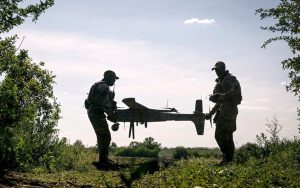
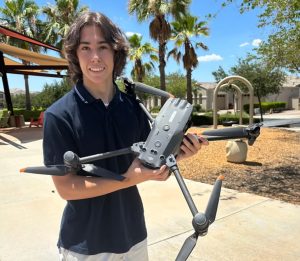



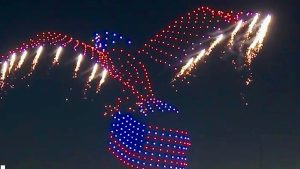



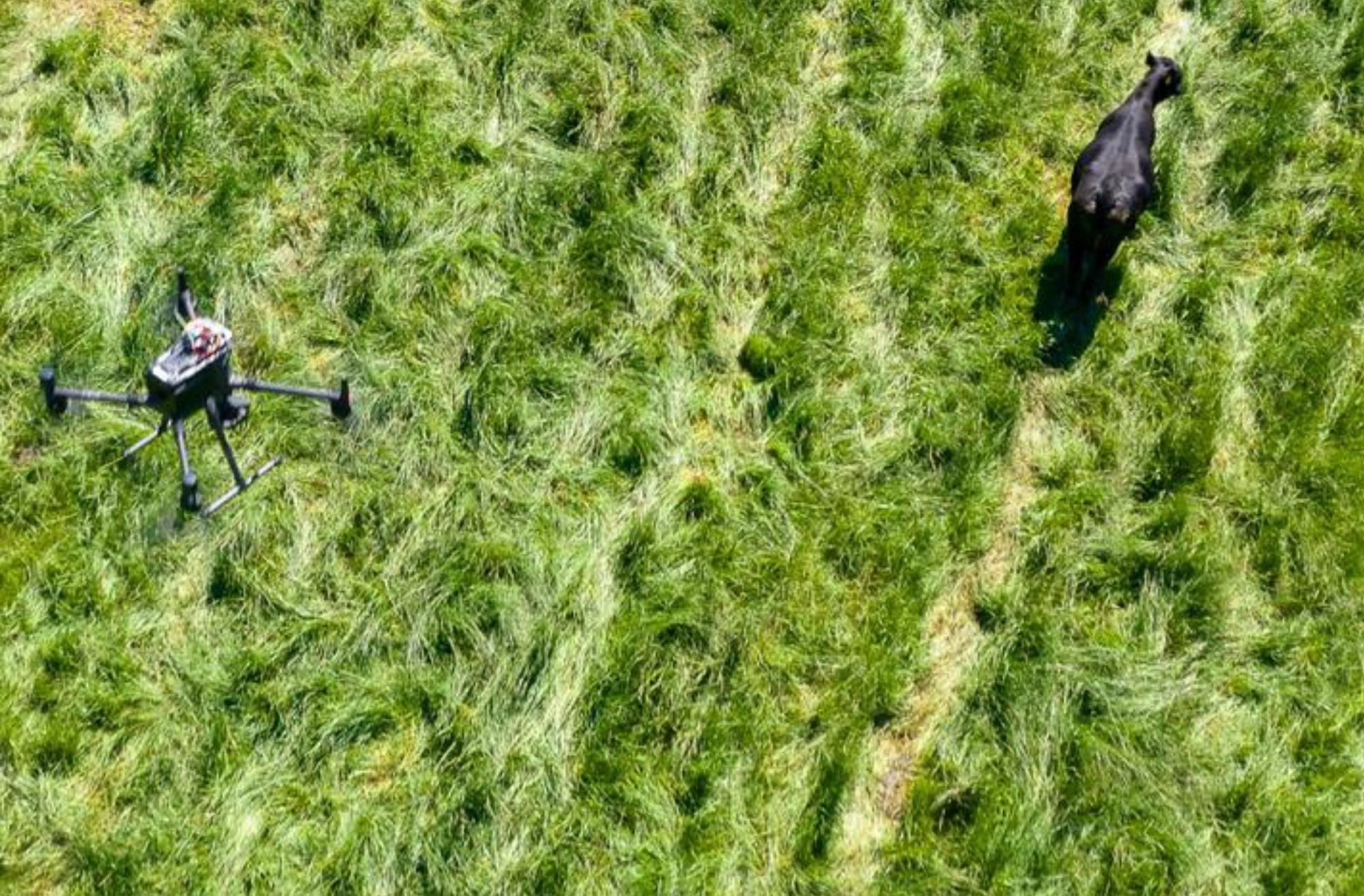
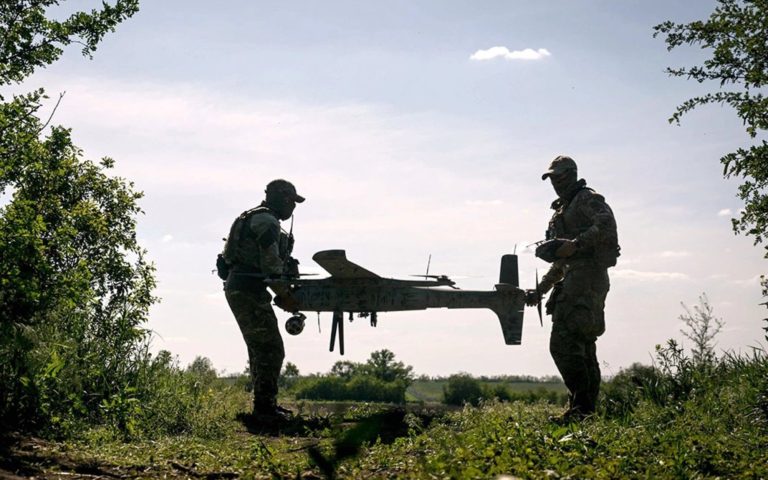
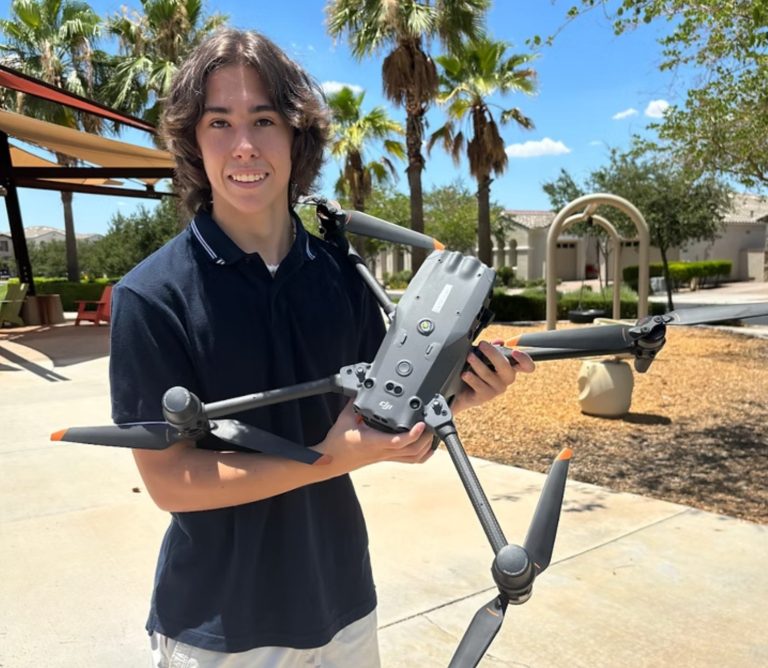
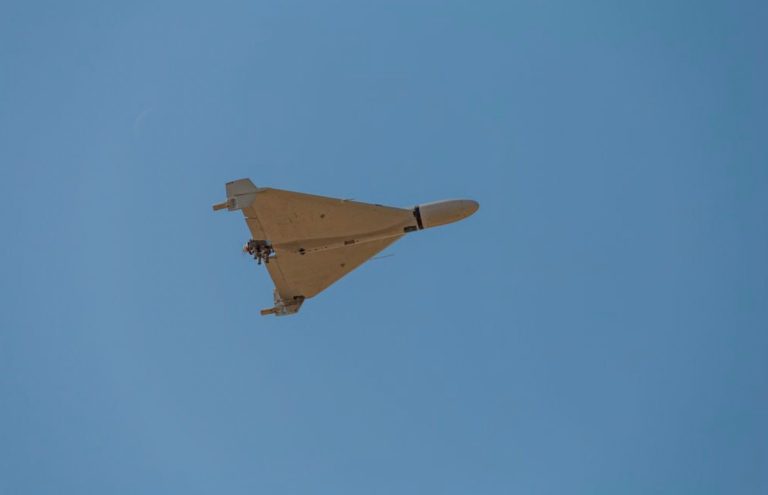

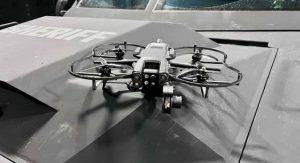

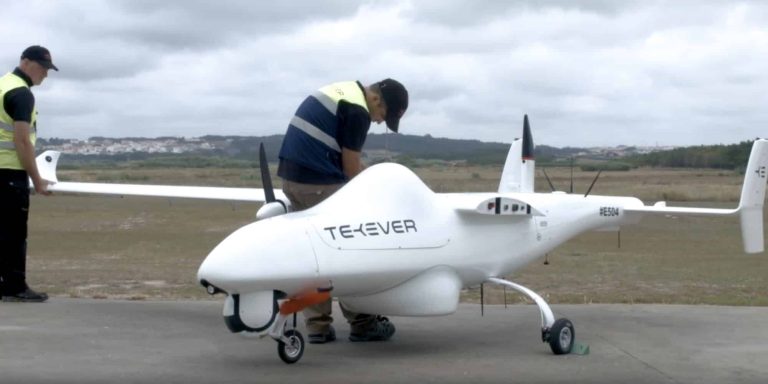
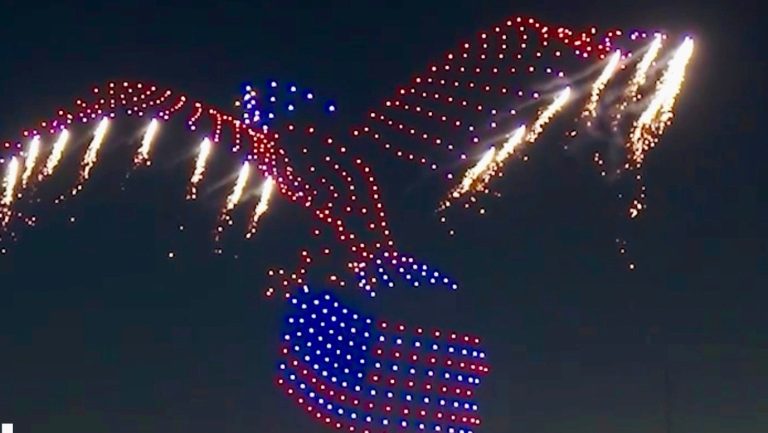


+ There are no comments
Add yours